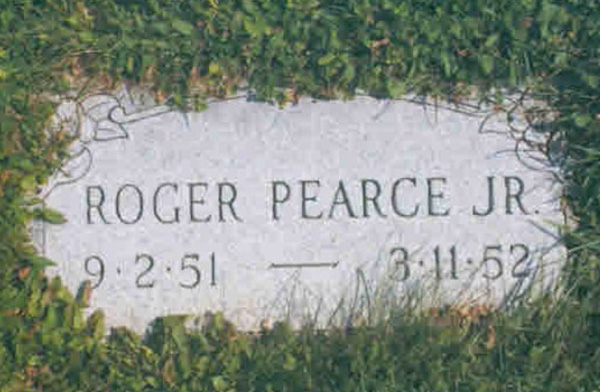A Revolution in Thinking About Children's Minds Is Sparking Change in Juvenile Justice
A group of test subjects ages 10 to 30 is asked to solve a puzzle. It involves rearranging a stack of colored balls on placeholders using as few moves as possible. Each wrong move requires extra moves to undo it.
The test is designed to measure impulse control. Adolescents tend to start moving balls almost immediately, which usually necessitates rearranging later. Adults, however, tend to take more time to consider their first move, which generally allows them to solve the puzzle on their first try.
In another experiment, designed to measure mature decision-making abilities, test subjects are presented with a choice between a small, immediate cash reward and a larger, long-term cash reward. Younger subjects invariably have a lower “tipping point”—the amount of money they are willing to take to get their reward immediately. Older subjects are more willing to wait.
A third experiment is designed to test the effects of peer pressure. Driving a computerized car simulator, subjects choose whether to run a series of traffic lights that are about to turn red, both alone and in the company of friends. Almost invariably, the younger subjects take greater risks when their friends are present; older subjects tend not to change their driving in either case.
This is the kind of research in developmental psychology and neuroscience that is helping to shed new light on differences between adolescent and adult brains. It’s also part of the science that lies at the heart of a series of decisions, including a May ruling by the U.S. Supreme Court in Graham v. Florida, that have changed the direction of juvenile justice.
Follow this link to continue reading “What’s the Matter with Kids Today” in the July issue of the ABA Journal.



